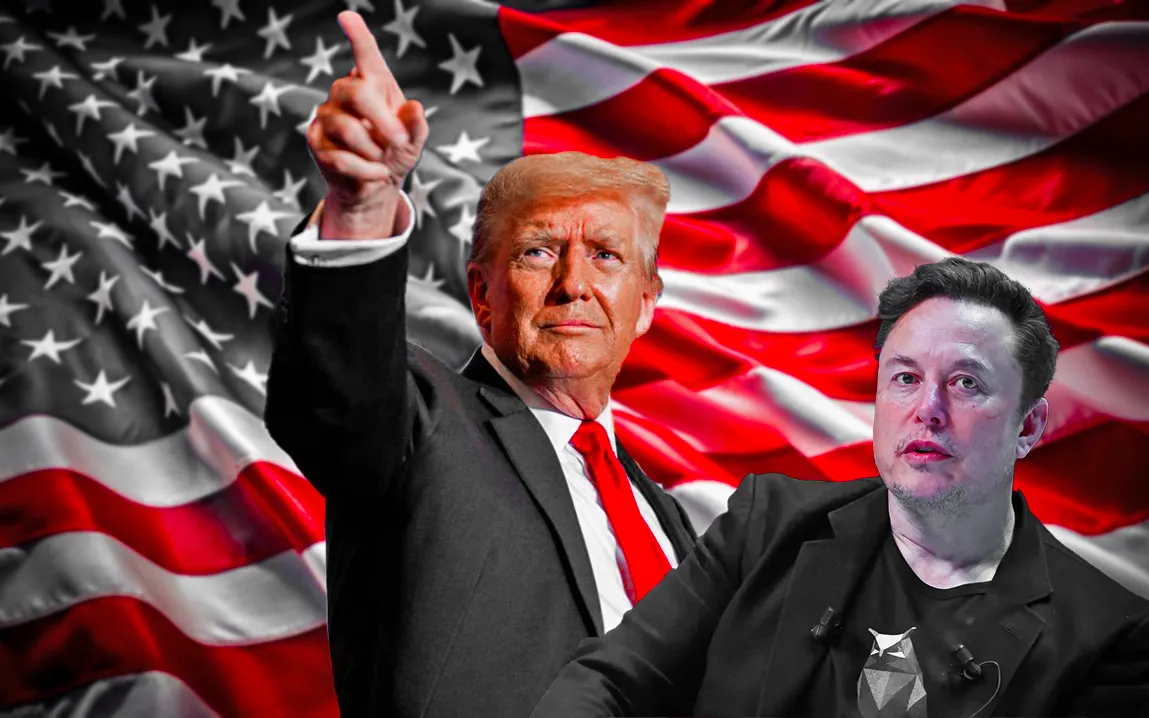The U.S. economy expanded at an annual pace of 2.8 percent in the third quarter, the government said Thursday, a figure that disappointed economists’ estimates of a 3.1 percent expansion.
Despite this growth, it remains somewhat lower than forecast, meaning that inflation and interest rates are high.
Moderate Growth Amid Economic Challenges
The third quarter of the year saw a lower growth rate than the fast pace earlier in the year. High borrowing rates and global uncertainty are currently affecting this economy.
Consumer spending, still the largest component of U.S. economic activity was the main driver of its growth even though it only increased during the quarter with services as well as some increases in durable goods, and business investments that, modestly, rose especially to equipment and infrastructure.
“While 2.8% growth is still solid, the lower-than-expected figure suggests that the economy is facing more resistance than anticipated,” one economist noted. “High interest rates and inflationary pressures are taking a toll on both consumer behavior and business operations.”
Impact of Interest Rates and Inflation
A high cost of borrowing due to aggressive interest rates in the previous year by the US Fed to curb inflationary pressure has made borrowing even more expensive in housing and even consumer durables.
Home buyers will be less eager; it will cut consumption and also reduce consumer expenditures for big-ticket items with increased mortgage rates at near three-decade highs.
Some economists think part of it will be because of high borrowing costs that have an impact on consumer spending and investment.
With the inflation rate still near the Fed’s target value of 2% and the central bank giving a warning on this and holding on to a long period of high interest rates, there is a mixed message here from the economic perspective.
Mixed signals from key sectors in the economy
With the slowdown being less impressive, parts of the economy remain still steady. The U.S. economy does rely heavily on consumer spending, accounting for about two-thirds of this activity. Consumer spending seems to still grow well by the stimulus of the need for the services involved in dining out, travel, and healthcare among others.
With businesses investing in technologies, and some infrastructure support by the same, there’s still nothing to help drive the growth of this nation, despite other parts – like building homes- now being slowed down under much higher costs of borrowing.
Hiring does, however, continue being healthy, in part still bolstered by low unemployment, which supports outlays from households.
Still, wages, though increasing, lack many industries to be put on a growth par with the inflationary increase in an average consumer’s buying capacity.
Economic Outlook Headed into Q4
With the U.S. going into the fourth quarter, economists are closely watching warning signs of slowdowns in various areas.
Even with consumer spending traditionally robust during the holiday season, high inflation and interest could affect this period.
Even more importantly, geopolitical issues of global trade are likely to have a bearing on the level of consumer confidence as well as business investments.
So many financial analysts now warn that instead of a strong growth path, the economy might enter into a long period of modest growth.
“It might be a ‘soft landing’ — growth slows down, but not to an actual recession,” another analyst commented.
Moderate 2.8% growth rates reveal a mixed economy, where growing pains in sustaining such growth begin to show because of high inflation and interest rates. Every move by the Federal Reserve from here will be scrutinized by policymakers and businesses regarding more signs of resilience or a slowdown in the economy.




